Increased Focus on Quality Control
Quality control remains a critical aspect of manufacturing processes across various industries in China, particularly in food and beverage, chemicals, and pharmaceuticals. The nuclear magnetic-resonance-spectroscopy market is likely to benefit from this heightened focus on quality assurance. As companies strive to meet stringent regulatory standards, the demand for reliable analytical techniques is expected to rise. In 2025, the quality control market in China is projected to grow by approximately 10%, further driving the adoption of nuclear magnetic-resonance-spectroscopy. This technology offers precise and non-destructive analysis, making it an ideal choice for quality control applications. Consequently, the nuclear magnetic-resonance-spectroscopy market may see increased investments from industries prioritizing quality assurance.
Rising Investment in Biotechnology
China's biotechnology sector is witnessing unprecedented investment, which is likely to propel the nuclear magnetic-resonance-spectroscopy market. With government initiatives aimed at fostering innovation and research, funding for biotechnology firms has surged, reaching an estimated $30 billion in 2025. This influx of capital is expected to enhance research capabilities, leading to increased utilization of nuclear magnetic-resonance-spectroscopy for various applications, including drug discovery and biomolecular analysis. The integration of this technology into biotechnological research is anticipated to improve the accuracy and efficiency of experimental results. As a result, the nuclear magnetic-resonance-spectroscopy market may experience substantial growth driven by the expanding biotechnology landscape in China.
Growing Demand in Pharmaceutical Sector
The pharmaceutical sector in China is experiencing a notable surge, which appears to be a significant driver for the nuclear magnetic-resonance-spectroscopy market. As the industry expands, the need for advanced analytical techniques to ensure drug quality and efficacy becomes paramount. In 2025, the pharmaceutical market in China is projected to reach approximately $150 billion, indicating a robust growth trajectory. This growth necessitates the adoption of sophisticated technologies like nuclear magnetic-resonance-spectroscopy for drug development and quality control. Furthermore, the increasing complexity of drug formulations requires precise analytical methods, thereby enhancing the demand for nuclear magnetic-resonance-spectroscopy solutions. Consequently, this trend is likely to bolster the market as pharmaceutical companies invest in advanced technologies to maintain competitive advantages.
Emerging Applications in Material Science
The field of material science in China is evolving rapidly, with new applications emerging that could significantly impact the nuclear magnetic-resonance-spectroscopy market. As researchers explore advanced materials, including nanomaterials and polymers, the need for sophisticated characterization techniques becomes evident. Nuclear magnetic-resonance-spectroscopy provides valuable insights into molecular structures and dynamics, making it an essential tool in this domain. The material science sector is projected to grow at a CAGR of 8% through 2025, indicating a robust demand for analytical technologies. This growth is likely to drive the adoption of nuclear magnetic-resonance-spectroscopy as researchers seek to understand the properties and behaviors of new materials.
Expansion of Academic Research Institutions
The expansion of academic research institutions in China is poised to influence the nuclear magnetic-resonance-spectroscopy market positively. With an increasing number of universities and research centers focusing on advanced scientific studies, the demand for high-quality analytical instruments is expected to rise. In 2025, the number of research publications in chemistry and related fields is projected to increase by 15%, reflecting a growing interest in fundamental and applied research. This trend suggests that academic institutions will likely invest in nuclear magnetic-resonance-spectroscopy equipment to support their research endeavors. As a result, the nuclear magnetic-resonance-spectroscopy market may experience growth driven by the academic sector's expanding research capabilities.


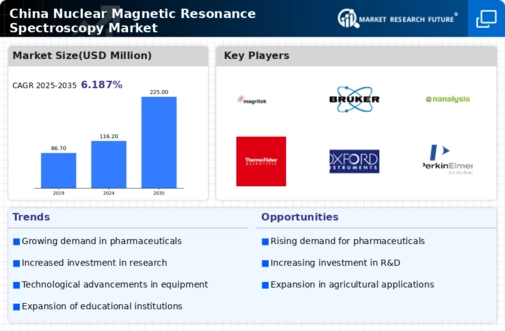
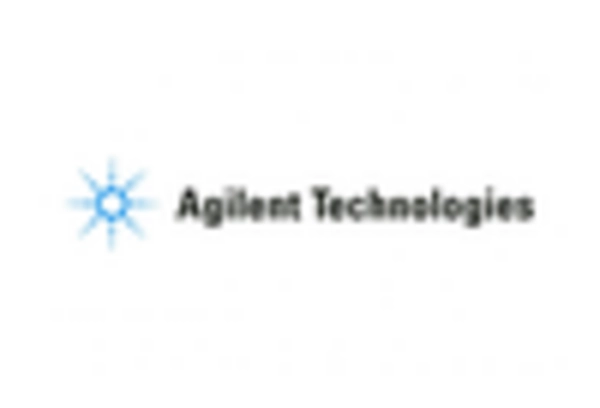
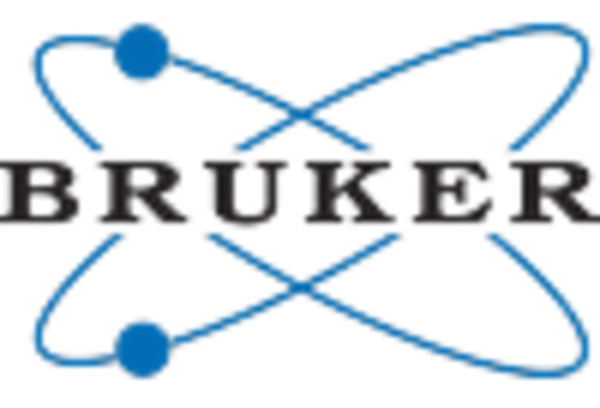
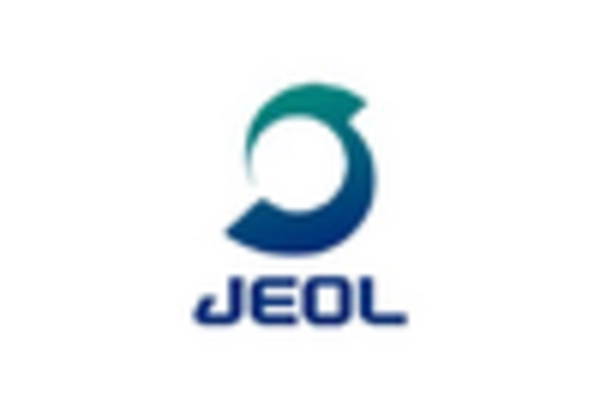
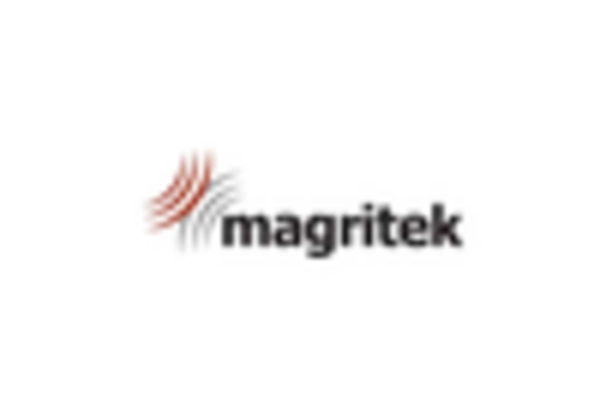
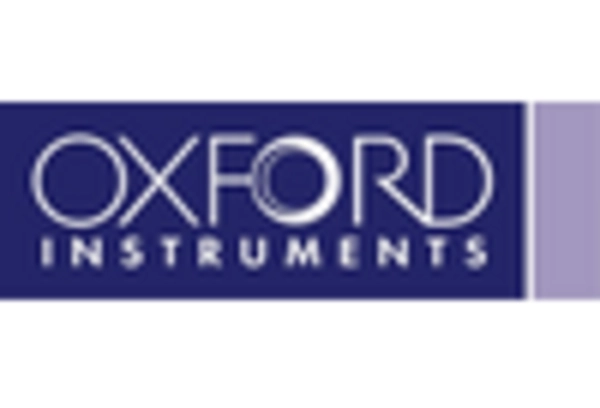
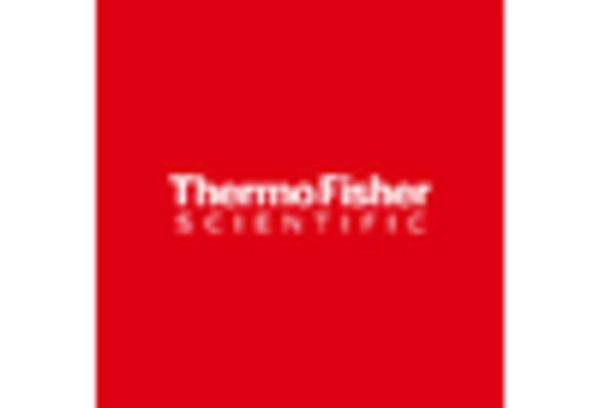








Leave a Comment